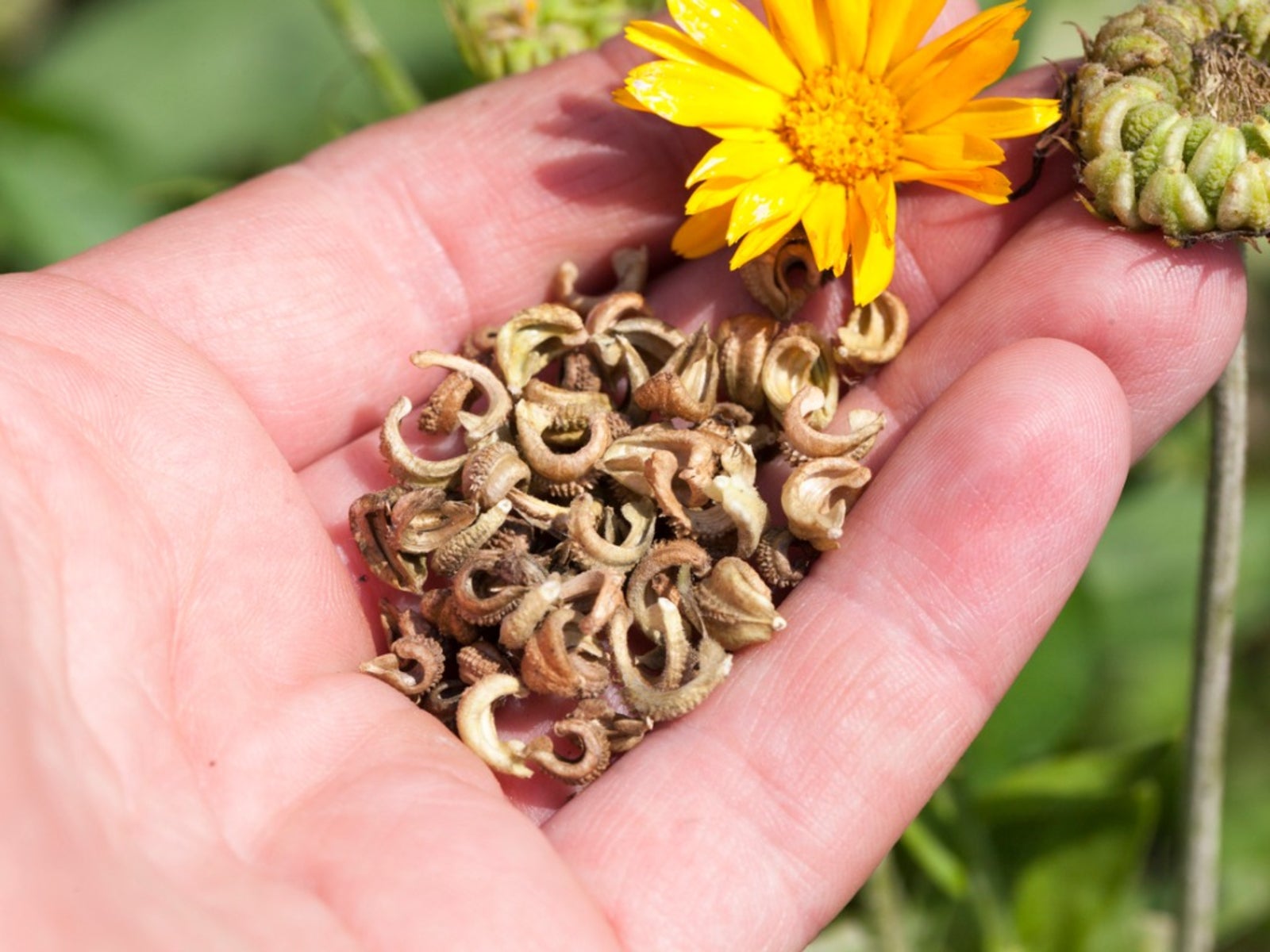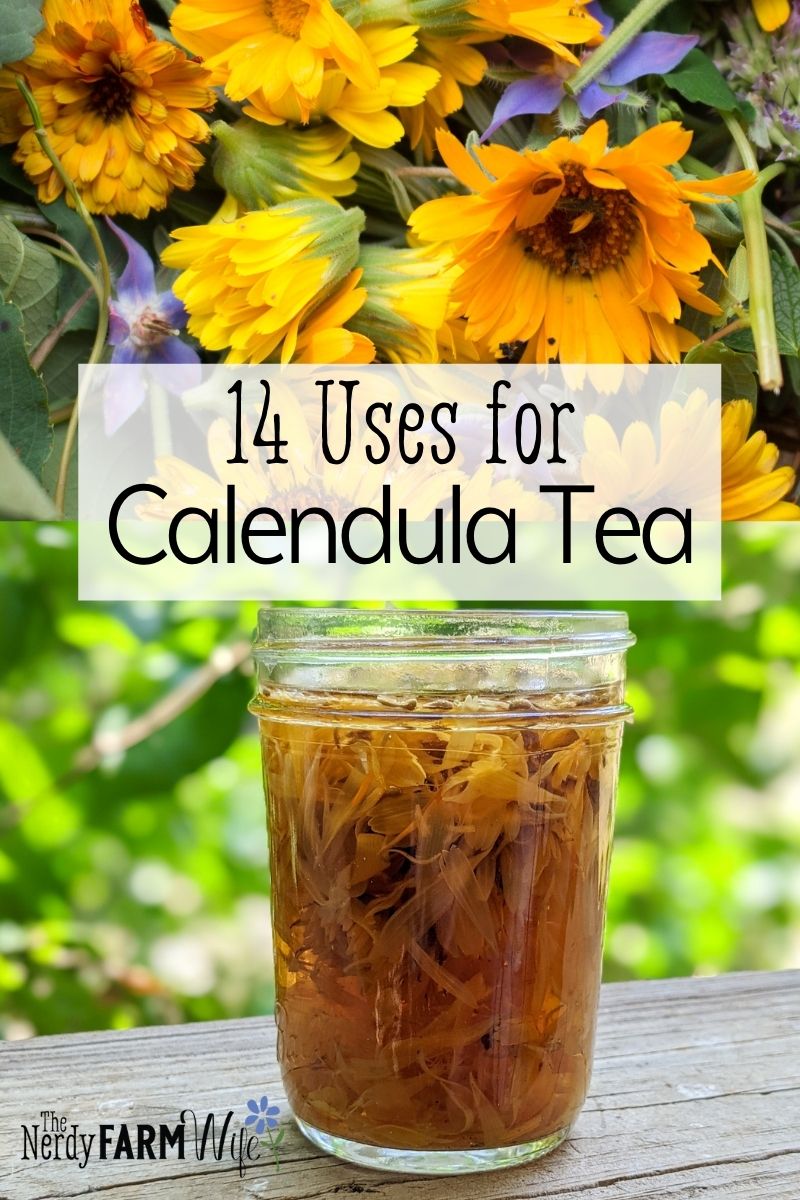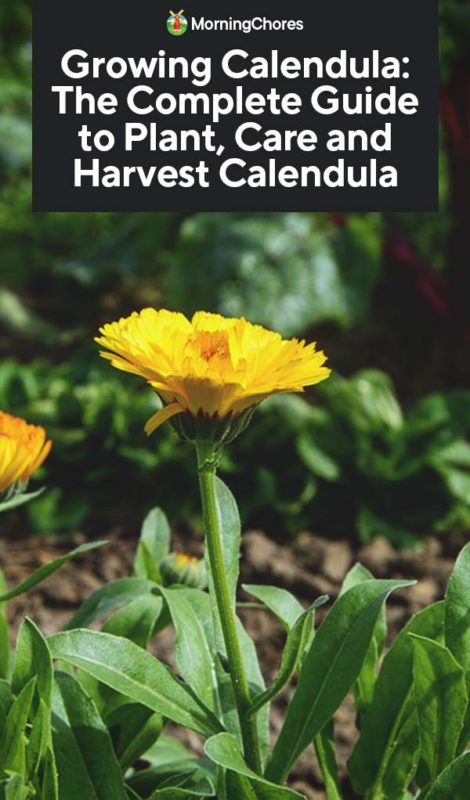Unlocking the Potential of Calendula Seeds
Calendula, a vibrant and versatile flower, has been used for centuries in herbal remedies and skincare products. Its ease of growth, medicinal properties, and vibrant flowers make it an ideal choice for gardeners of all skill levels. By learning how to grow calendula from seed, individuals can unlock the full potential of this medicinal flower. High-quality seeds are essential for a successful harvest, as they ensure optimal germination and growth. When selecting seeds, look for reputable suppliers and choose varieties that are specifically bred for their medicinal properties or vibrant colors. With the right seeds and a little care, anyone can grow calendula and reap its many benefits.
Preparing the Soil for Optimal Germination
Before sowing calendula seeds, it’s essential to prepare the soil for optimal germination. Calendula thrives in well-draining soil with a pH between 6.0 and 7.0. To achieve this, mix in organic matter such as compost or manure to improve soil structure and fertility. Additionally, incorporate nutrient-rich soil amendments like bone meal or alfalfa meal to provide essential nutrients for healthy growth. When preparing the soil, remove any debris or weeds that may compete with the calendula plants for water and nutrients. By creating a fertile and well-draining soil environment, you’ll be well on your way to successfully growing calendula from seed. Remember, a strong foundation is key to a healthy and thriving calendula plant, so take the time to prepare the soil properly before sowing your seeds.
Sowing Calendula Seeds: A Guide to Successful Germination
When it comes to sowing calendula seeds, timing and technique are crucial for successful germination. Sow seeds in the early spring or fall, when the weather is mild and there is ample moisture in the soil. Plant seeds at a depth of about 1/8 inch, spaced 6-12 inches apart, in rows that are 12-18 inches apart. Water the soil gently but thoroughly after sowing, and keep the soil consistently moist during the germination period. Calendula seeds require adequate light to germinate, so choose a location that receives full sun to partial shade. Temperature control is also essential, with ideal temperatures ranging from 65°F to 75°F (18°C to 24°C) for optimal germination. By following these guidelines, you’ll be well on your way to successfully growing calendula from seed and enjoying the many benefits this versatile flower has to offer.
Nurturing Young Calendula Plants: Tips for Healthy Growth
Once calendula seeds have germinated, it’s essential to provide the right care to promote healthy growth. Water young calendula plants regularly, but avoid overwatering, which can lead to root rot. Fertilize plants with a balanced fertilizer once a month to provide essential nutrients. Keep an eye out for pests like aphids, whiteflies, and spider mites, and treat infestations promptly. Pruning and training calendula plants are also crucial for optimal growth. Pinch off the tips of the stems to encourage bushy growth, and trim back leggy stems to maintain a compact shape. By following these tips, you’ll be able to grow strong, healthy calendula plants that will thrive and provide an abundance of vibrant flowers. Remember, with proper care, you’ll be well on your way to successfully growing calendula from seed and enjoying the many benefits this versatile flower has to offer.
Common Challenges and Solutions for Growing Calendula
When learning how to grow calendula from seed, it’s essential to be aware of common challenges that may arise. One of the most common issues is pests, such as aphids, whiteflies, and spider mites. To overcome this, use organic pest control methods like neem oil or insecticidal soap. Another challenge is diseases like powdery mildew and root rot, which can be prevented by providing good air circulation, watering carefully, and treating fungal infections promptly. Nutrient deficiencies can also occur, but can be addressed by fertilizing regularly and using nutrient-rich soil amendments. Additionally, calendula plants may become leggy or weak-stemmed if not pruned regularly. By being aware of these potential challenges and taking preventative measures, you can ensure a healthy and thriving calendula crop. With proper care and attention, you’ll be able to successfully grow calendula from seed and enjoy the many benefits this versatile flower has to offer.
Harvesting and Drying Calendula Flowers for Maximum Potency
When learning how to grow calendula from seed, it’s essential to understand the best practices for harvesting and drying the flowers to preserve their medicinal properties. Calendula flowers are typically ready to harvest when they are in full bloom and have reached their maximum potency. To harvest, simply snip off the flowers at the base of the stem, taking care not to damage the plant. For drying, tie the stems in small bunches and hang them upside down in a warm, dry, dark place. Alternatively, you can use a food dehydrator or oven on a low temperature setting to dry the flowers. Once dry, store the flowers in airtight containers to preserve their potency. Proper harvesting and drying techniques are crucial to ensure the flowers retain their medicinal properties, making them ideal for use in herbal remedies, skincare products, and cosmetics. By following these steps, you’ll be able to enjoy the many benefits of calendula flowers and create your own natural skincare products.
Using Calendula in Herbal Remedies and Skincare Products
One of the most rewarding aspects of learning how to grow calendula from seed is being able to harness its medicinal properties in a variety of herbal remedies and skincare products. Calendula flowers have anti-inflammatory, antimicrobial, and antioxidant properties, making them an ideal ingredient for natural skincare routines. They can be used to create soothing salves, creams, and ointments for skin irritations, wounds, and burns. Additionally, calendula can be infused into oils, tinctures, and teas for internal use, providing relief from digestive issues, anxiety, and stress. For a simple DIY skincare recipe, try combining dried calendula flowers with coconut oil and beeswax to create a nourishing lip balm. Alternatively, add calendula petals to your favorite face mask recipe for an extra dose of skin-loving goodness. By incorporating calendula into your natural skincare routine, you can reap the benefits of this versatile flower and enjoy healthy, glowing skin.
Conclusion: Enjoying the Fruits of Your Labor
By following the steps outlined in this guide, you’ll be well on your way to successfully growing calendula from seed and unlocking its full potential. From preparing the soil to harvesting and drying the flowers, every step is crucial in cultivating this beautiful and medicinal herb. With its vibrant flowers and numerous health benefits, calendula is an ideal addition to any garden or natural skincare routine. By learning how to grow calendula from seed, you’ll not only enjoy the fruits of your labor but also reap the rewards of a natural, sustainable, and cost-effective way to promote health and wellness. So why not get started today and discover the wonders of calendula for yourself?






:max_bytes(150000):strip_icc()/growing-and-using-calendula-1402626-22-ee3910bf32b747278ef3d8ec408a8eaa.jpg)


